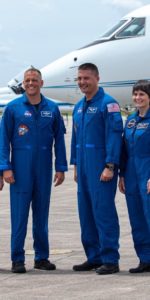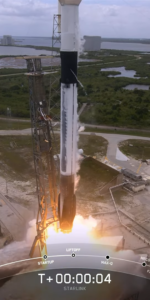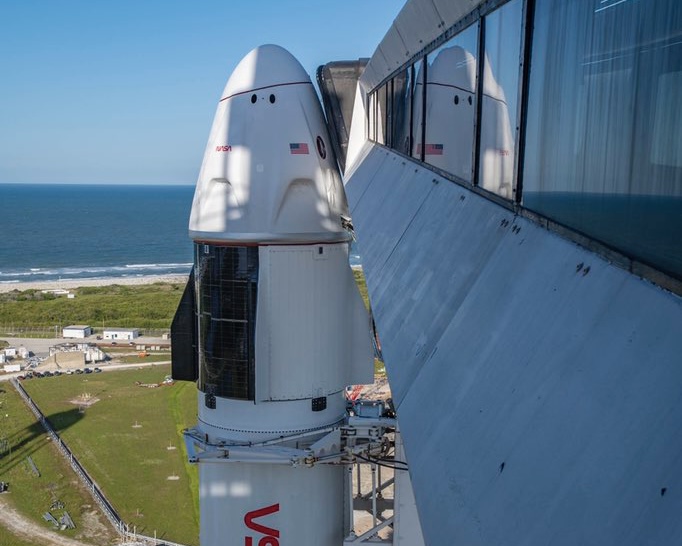
Windy weather this week in Florida has prevented the Axiom Mission 1 (Ax-1) crew from leaving the International Space Station, forcing NASA and SpaceX to delay launching Crew-4 to the station until at least Wednesday, April 27.
The Ax-1 crew needs to leave in order to free up a docking port for the next crew, and both NASA and SpaceX require 48 hours between the Ax-1 landing and Crew-4 launch.
“We want to provide a two-day gap after return for data reviews and to prepare for launch and stage recovery assets,” says Kathy Leuders, associate administrator of NASA’s Space Operations Mission Directorate. “We’ll make decisions about a new Crew-4 launch date based on safely executing our plans.
Ax-1 commander Michael Lopez-Alregria didn’t seem too upset at spending a few extra days in space:
Ax-1 is now scheduled for undocking at 8:55p.m. EDT Sunday, April 24, with a splashdown off the coast of Florida expected at about 1:00p.m. Monday, April 25.
The earliest potential launch opportunity for Crew-4 is now 3:52 a.m. Wednesday, April 27, with an additional opportunity Thursday, April 28. NASA will confirm a target date and time once Ax-1 is safely back on Earth.
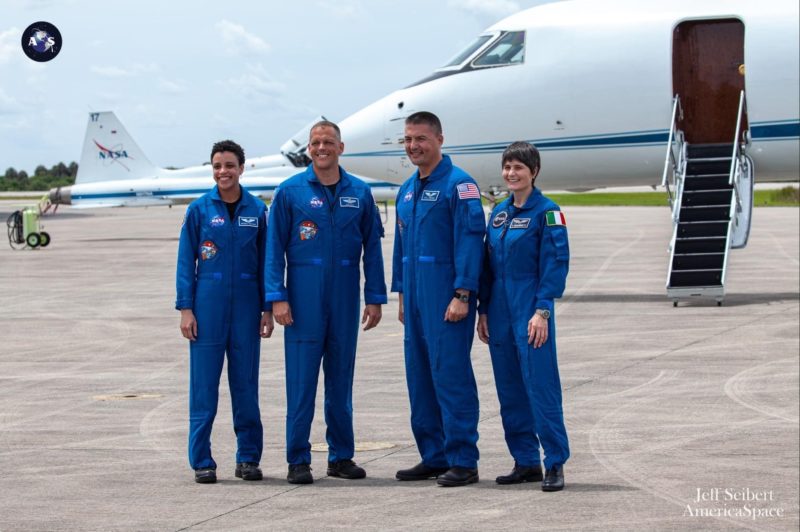
The astronauts themselves meanwhile are in quarantine and crew quarters at Kennedy Space Center, after arriving Monday and conducting a dry dress rehearsal countdown onboard their spacecraft “Freedom” with the launch teams. SpaceX also conducted a successful static test fire of the Falcon 9 rocket, clearing the way for launch and the booster’s fourth flight.
The crew will work on the ISS for 6 months, conducting new research and over 200 experiments and technology demonstrations including studies on the aging of immune systems, organic material concrete alternatives, and cardiorespiratory effects during and after long-duration exposure to microgravity. They will also conduct a pair of spacewalks to continue preparing the ISS for new solar arrays.
One of their more unique investigations will seek to restore vision to people suffering from retinal degenerative diseases like retinitis pigmentosa and macular degeneration. The Protein-Based Artificial Retina Manufacturing experiment will test the manufacturing of artificial retinas or retinal implants in microgravity, where their production could be optimized.
They’ll also test shirts designed to monitor cardiovascular activity and provide details about heart contraction rate and valve opening and closing times – something normally accessible only through sonography or CT scans. The ’Smart-Tex’ shirts are part of a German Space Agency investigation called Wireless Compose-2, with the hope that such wearable technologies could monitor health throughout future long-duration missions and lead to use in health monitoring equipment on Earth.
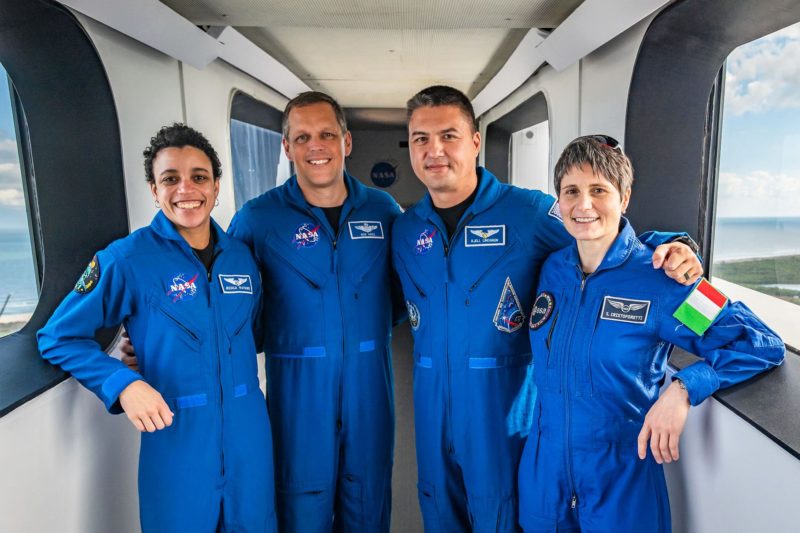
The mission will mark the first spaceflight for pilot Robert Hines and mission specialist Jessica Watkins, and the second flight for mission commander Kjell Lindgren and mission specialist / European astronaut Samantha Cristoforetti.
We will update when the launch date is confirmed following return of the Ax-1 crew.




